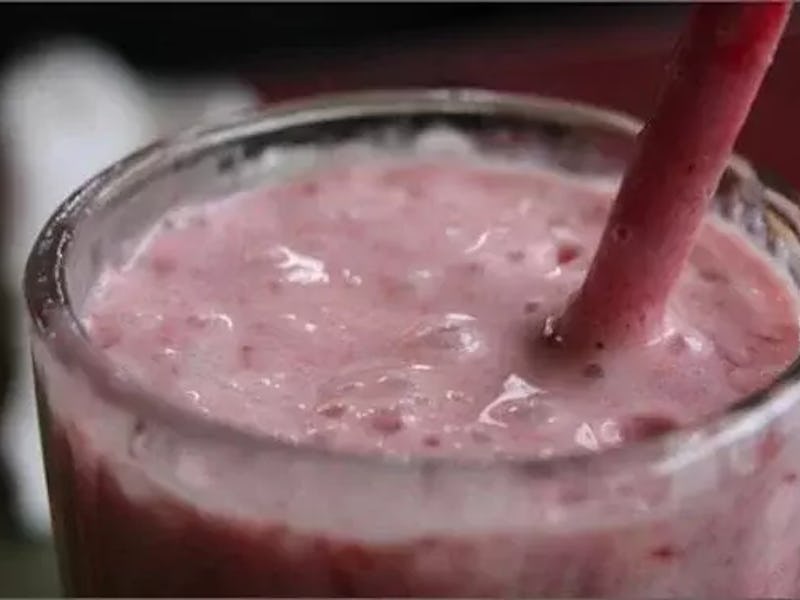There are about a million and one reasons not to eat a human placenta, the bloody, fibrous muscle-bag that a blossoming fetus floats in for nine months. For one, it supposedly tastes like raw meat and pennies. Plus, the purported health benefits — that it’ll give you energy and level off your hormones — are probably bunk.
And yet, mothers the world over, including celebrities like Kim Kardashian, continue to blend their bloody afterbirth into smoothies and pills, tacos and tamales, all supposedly designed to boost their mood — and their street cred among other hip moms.
But an alarming new case study from the U.S. Centers for Disease Control reveals that this strange form of modern cannibalism isn’t just a waste of time and money — it could also be dangerous.
In September 2016, an Oregon mom ate dehydrated placenta capsules that were unknowingly contaminated with a dangerous bacteria and accidentally spread the infection to her newborn baby, according to the de-identified CDC report.
The infant was admitted to the hospital on two separate occasions for sudden difficulties in breathing. Each time, the tiny tot, who was otherwise healthy, was diagnosed with Group B streptococcus, a bacteria that many women harbor in their vaginas and rectums. The wee babe was put on two long antibiotic rounds to (successfully) vanquish the infection.
But the second time it happened, the doctor on call decided that treatment wasn’t enough. Detective work was necessary to determine how, if a baby passes through the vaginal canal once, it could get Group B strep twice?
One possibility: The little tyke’s mom was eating the bloody organ that came out of said canal.
As expected, the mom’s placenta was contaminated with Group B strep. But instead of throwing the placenta’s bloody tentacles away like most people, she kept it and turned it into pills. Every time she took a pill, she reintroduced Group B strep into her body, which traveled through her breast milk to her baby.
Kim Kardashian and this poor Oregonian aren’t the only mammal to engage in placentophagia, or the eating of one’s own placenta. Tons of other animals, even herbivores like goats, do it — and at much higher frequencies than humans. It appears to help them lactate more, providing more nutrients for their young. This observation of the animal kingdom is why, back in the 1950s, a group of researchers first suggested humans adopt placentophagia themselves. A few other studies have suggested similar boons, including a 1985 paper that indicated that rats are better able to tolerate pain after eating their placenta, but not after gnawing on regular meat.
However, not much more about the “placenta for dinner” lifestyle has been studied. As a result, we’ve never really cracked the code on why so many animals — and so few humans — slurp up their baby sacks. When women serve up a placenta casserole today, they may be getting real but poorly understood health benefits, or they could also be wasting their time and even accidentally endangering themselves or their children.
While the Oregon mom’s story is only a case study — an “n of one,” in scientific speak — the CDC clearly feels it’s important enough to share and say, more or less, stop eating your leftover baby beef! More specifically, the center noted that no safety standards exist to make placenta products safe. The company that the Oregon mom used reportedly stated the placenta would be dehydrated somewhere around 150 degrees. But apparently that wasn’t hot enough — or the process didn’t go long enough — to kill off the Group B strep.
So for now, as we wait for the science and safety standards to roll in, turn off the blender and indulge your bloodlust with a well-cooked, human-free taco.
